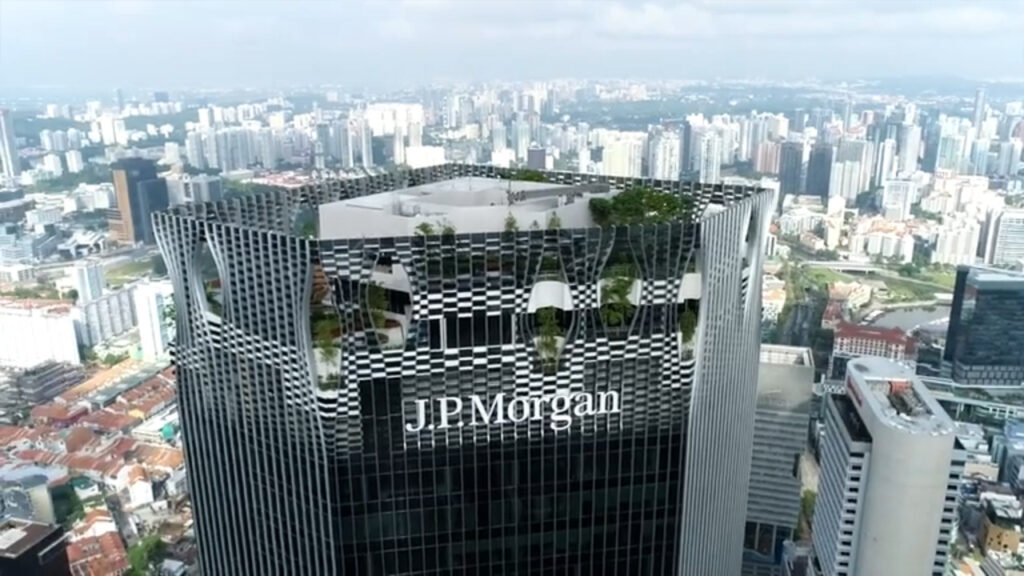America’s largest bank has been cooking its books to appear less risky than it really is, according to an explosive whistleblower report that reveals how JPMorgan Chase gamed federal regulations designed to prevent another financial crisis.
The bombshell: JPMorgan allegedly manipulated its complexity indicators through prohibited “netting” practices, allowing it to underreport its risk to the financial system. This creative accounting let the bank issue up to $100 billion in additional loans while holding less protective capital – potentially generating $2 billion in extra profits in just one year.
The scheme violated international banking standards, but here’s the kicker: The Federal Reserve allegedly knew and looked the other way. Not just for JPMorgan, but for other major U.S. banks too.
Senator Elizabeth Warren blasted the Fed’s oversight: “Powell owes the American people an explanation for allowing CEOs to manipulate their financial reports so they can pay themselves and their wealthy investors more.”
The whistleblower, a former JPMorgan banker, claims they flagged these violations internally in 2018, only to face retaliation and eventual termination in 2022. They’ve since filed complaints with both the Fed and SEC.
The stakes? Former Treasury official Graham Steele warns that understating bank complexity erodes the financial buffers meant to protect against economic crisis: “If they don’t have enough capital for times of stress, that puts domestic economies at greater risk.”
JPMorgan’s defense? A spokesperson claimed the bank “fully complies with all capital regulations” and their methodology is “fully transparent to regulators.” The Fed dodged direct questions about allowing prohibited practices, instead pointing to higher overall capital requirements for U.S. banks compared to European peers.
But critics say this misses the point: The rules established after the 2008 financial crisis were meant to prevent taxpayers from funding another massive bailout. By allegedly allowing banks to understate their risks, the Fed may be setting up history to repeat itself.
The question now: Will regulators finally crack down on these practices, or will Wall Street continue business as usual until the next crisis hits?


